After breakfast in Norwich we travelled by train to the seaside resort of Great Yarmouth. Getting there from Norwich is very easy with a frequent service on Greater Anglia trains and journey times of 35 minutes, with off-peak return fares costing £8.30.

Arriving into Great Yarmouth, we followed signs to the seafront, the route taking us through the shopping centre and alongside the market before reaching Marine Parade on the seafront. Just across the promenade stands the Britannia Pier which first opened to the public in 1858. It was our intention to take a stroll along the pier but to our dismay we found it to be closed with its shutters down. We thought this somewhat strange for a Saturday in February but it might have been due to the blustery conditions.

The pier was originally 700ft in length but after being opened for only one year it was badly damaged by a boat resulting in it being reduced in size by 50ft. Viewing the pier from further along the seafront we could see that it contains a theatre, cafe and amusement arcade.

There was a biting wind coming from the North Sea as we continued along the promenade in a southerly direction. The sandy beach between the two piers is a popular location for a family day out at the seaside during the summer months but was deserted during our mid-winter visit.

The next landmark to come into sight was the Wellington Pier, the town’s second pier which was only the 7th to be constructed in Britain. The pier underwent considerable reconstruction in 2008 utilising much of the original steel and ironwork. From the end of the pier there were good views along the coastline but it was bitterly cold so we decided to warm up by visiting the nearby SeaLife Centre.
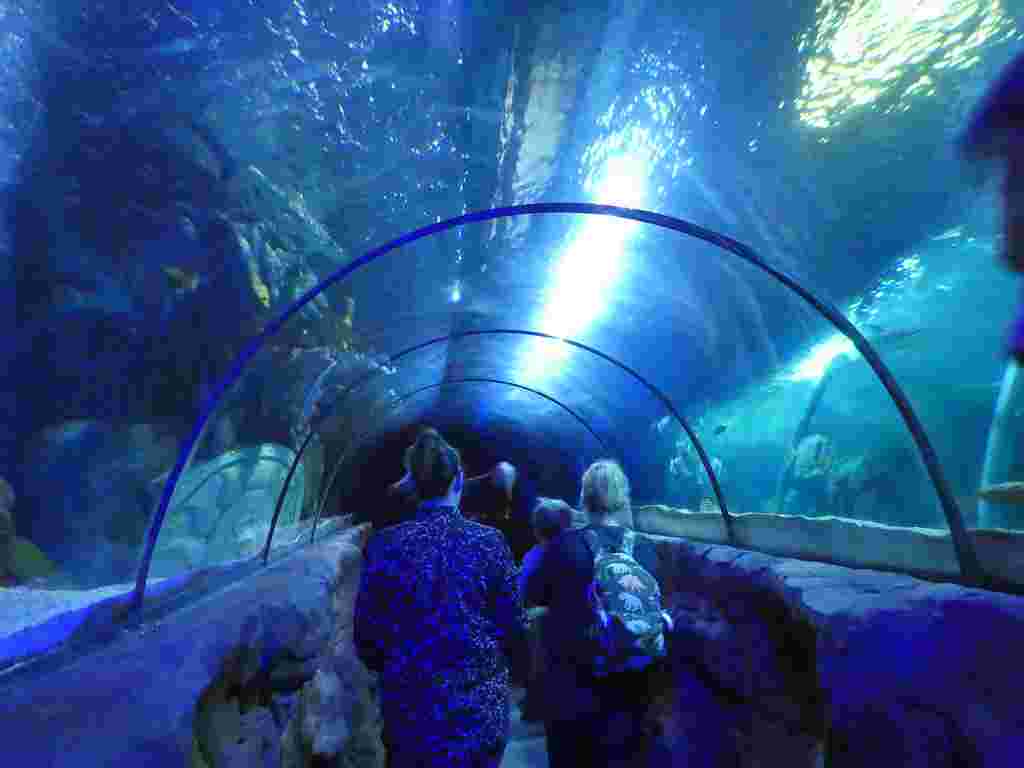
It seemed a long time since we last visited an aquarium so it was interesting to look around. The tropical ocean display is the central feature of SeaLife with its underwater tunnel. Here we were able to see giant sea turtles and a group of sharks.
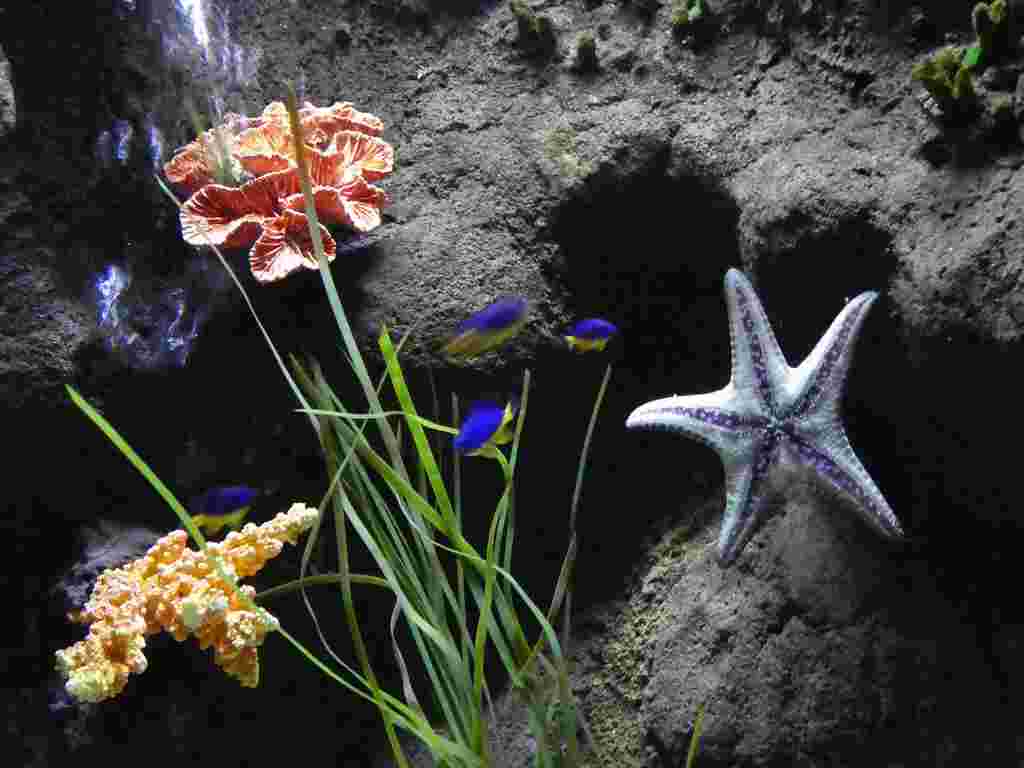
The delicate looking seahorses were one of my favourites along with the penguins, jellyfish and coral reef displays. I would liked to have taken photos of the penguins but the outdoor viewing deck was closed due to the inclement weather and from ground level they were partially obscured.
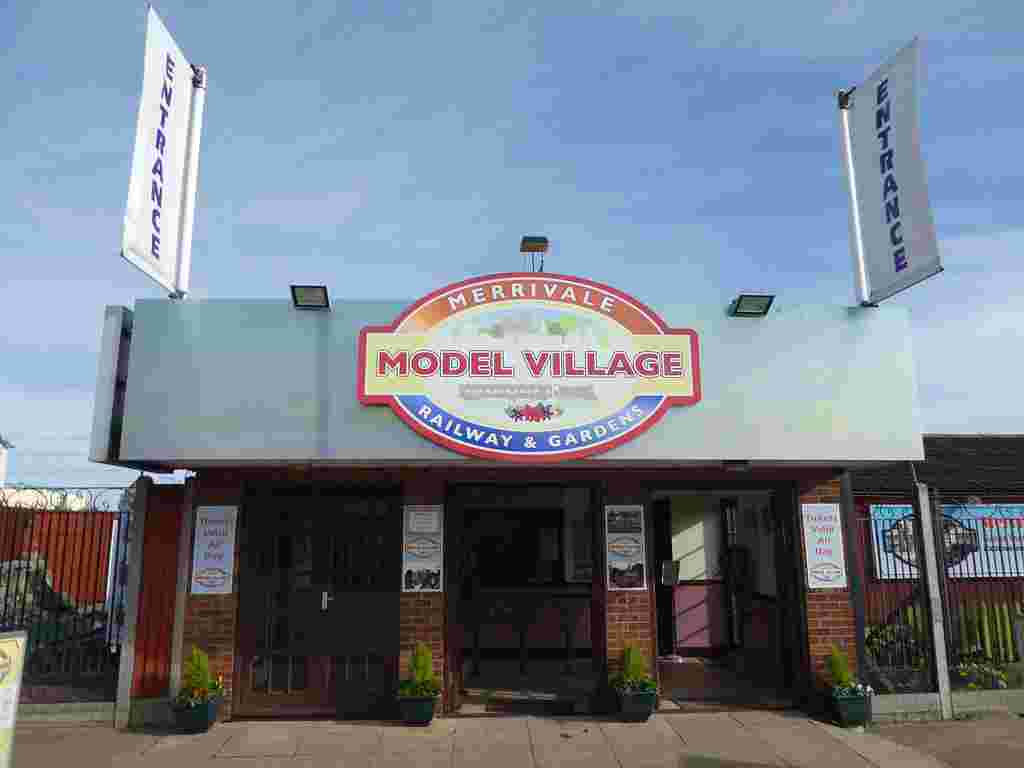
Leaving SeaLife, we wandered a little further along the promenade to another of Great Yarmouth’s attractions, the Merrivale Model Village. It was our first visit to a model village and it was interesting to follow the trail through the landscaped gardens to view an entire village in miniature.
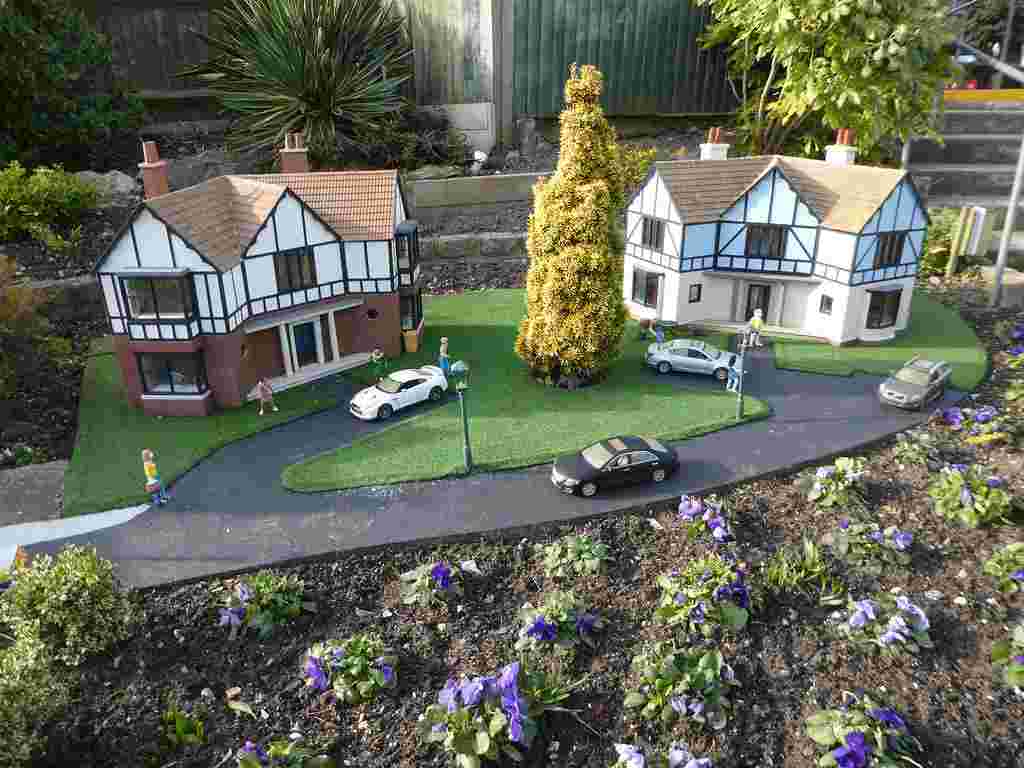
Thankfully, the gardens were quite sheltered and it didn’t feel quite as cold as on the seafront. Wandering through the village, we were amazed at the attention to detail. The village high street was complete with shops, hotel, town hall and post office with people going about their daily tasks.
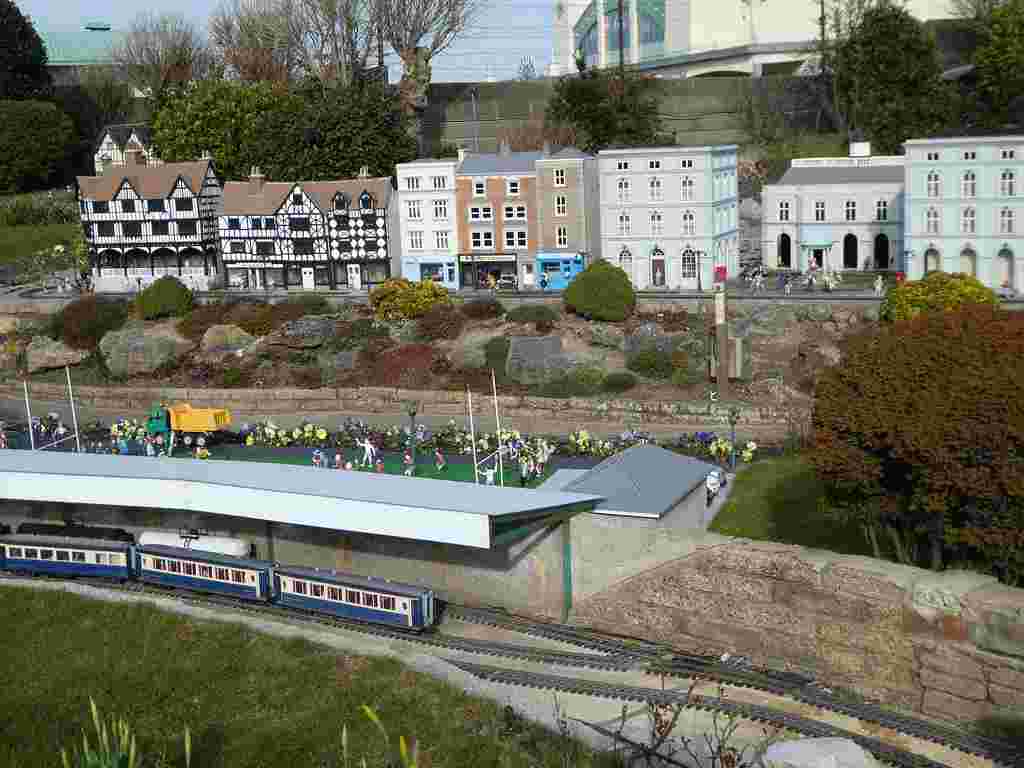
We loved the little garden railway which runs along a 350 metre track through the garden. The model village has 28 different types of locomotive with a selection of rolling stock operating daily.
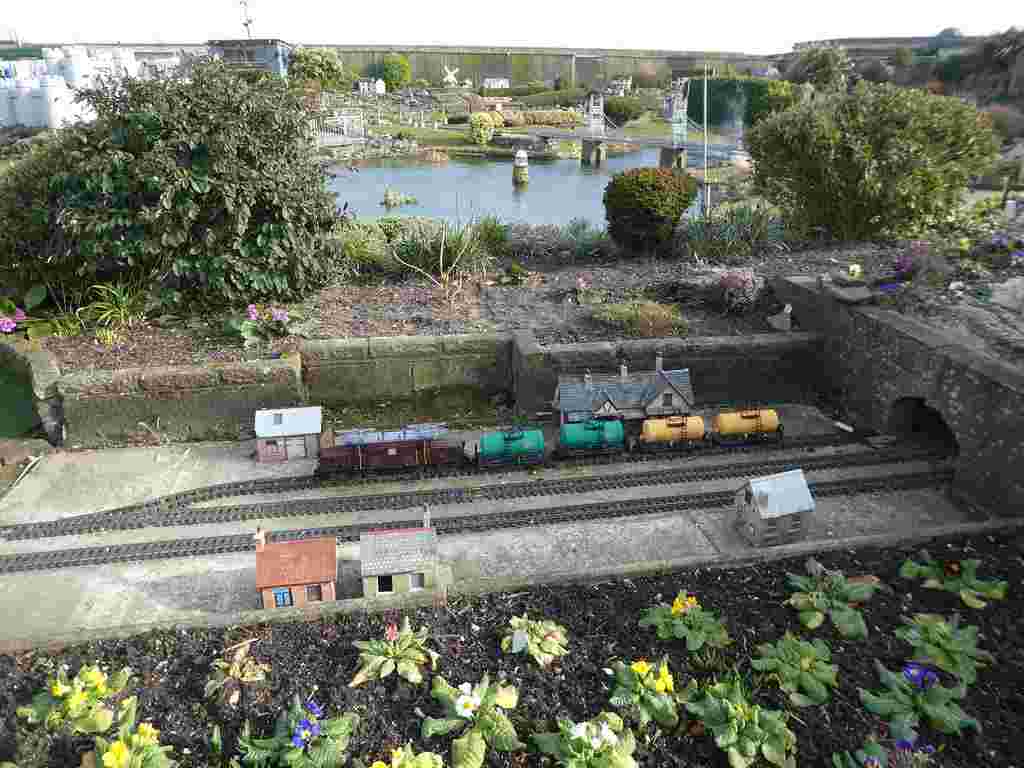
In front of many the exhibits were little buttons to press, one of which operated the funfair rides whilst another gave authentic sounding announcements at the local airport.
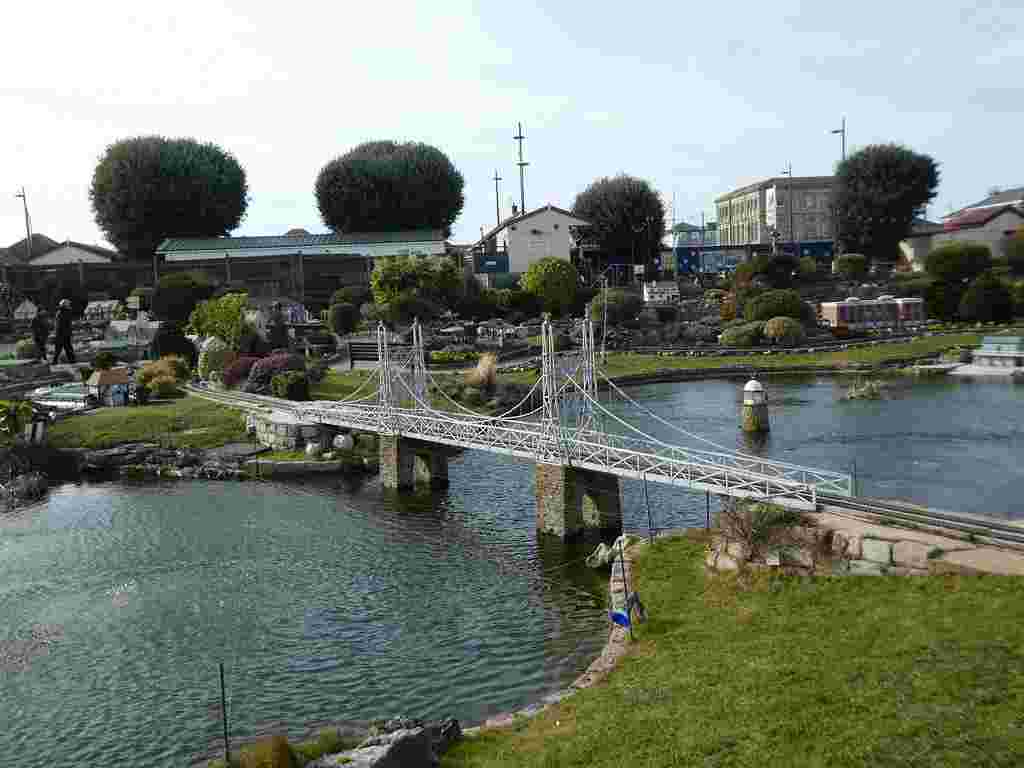
It was great fun visiting the model village and I would recommend it for all age groups. As well as being perfect for children, it’s also popular with model railway enthusiasts who come to see the trains passing through the beautiful little station. A round of crazy golf is also included in the ticket price but as it was so cold and we had plans for the remainder of the afternoon, we decided against having a game.
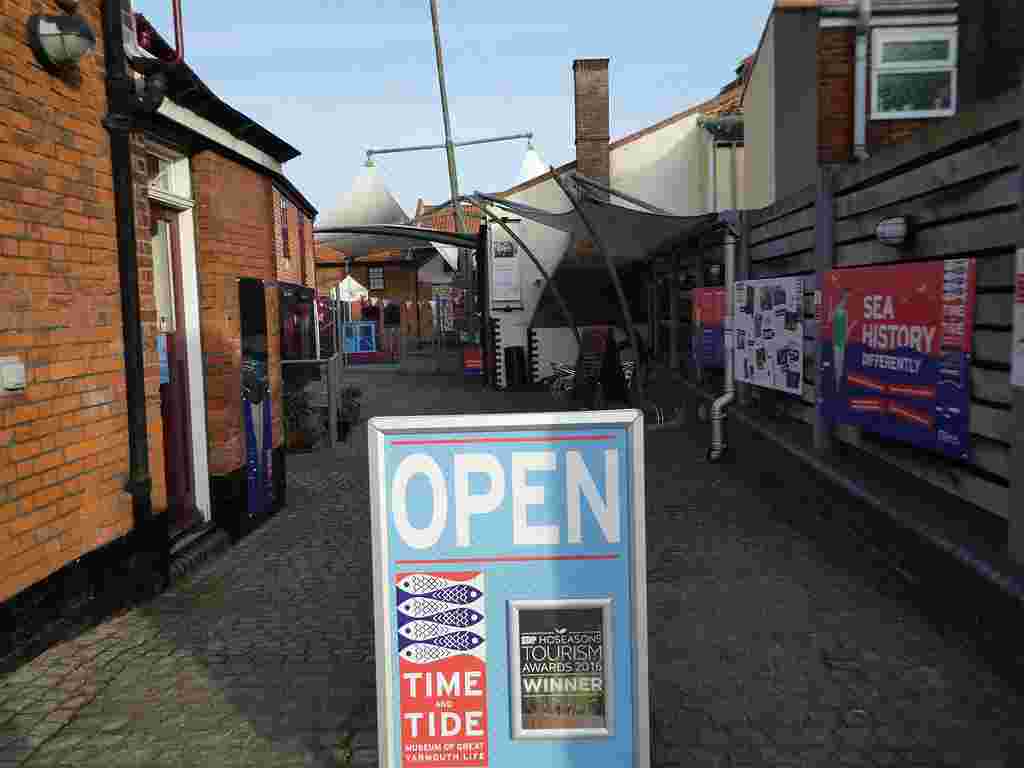
There was one more place we wanted to visit whilst in Great Yarmouth, so we studied our map and headed inland to the Time and Tide Museum on the site of the former Tower Fish Curing Works. The herring curing works were built in 1850 and operated until 1988. The building was empty for ten years and then converted into a museum in 2004. It is thought to be the best preserved herring curing works of its kind.

The museum tells the story of Great Yarmouth and its herring industry. The tour starts along a reconstructed narrow street from 1913 where we were able to wander down a Victorian Row and glance in shops and houses to visualise what life was like at that time.
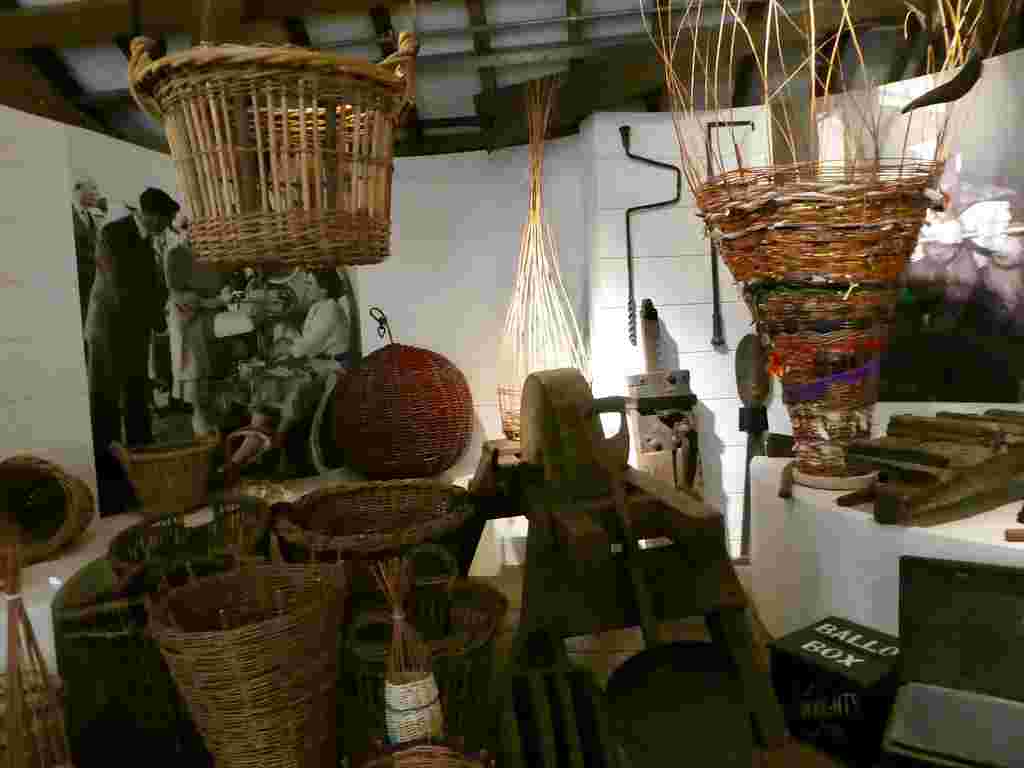
The galleries describe what it was like living and working in a town that depended on the herring industry from the men out on their fishing boats to the women repairing the nets.
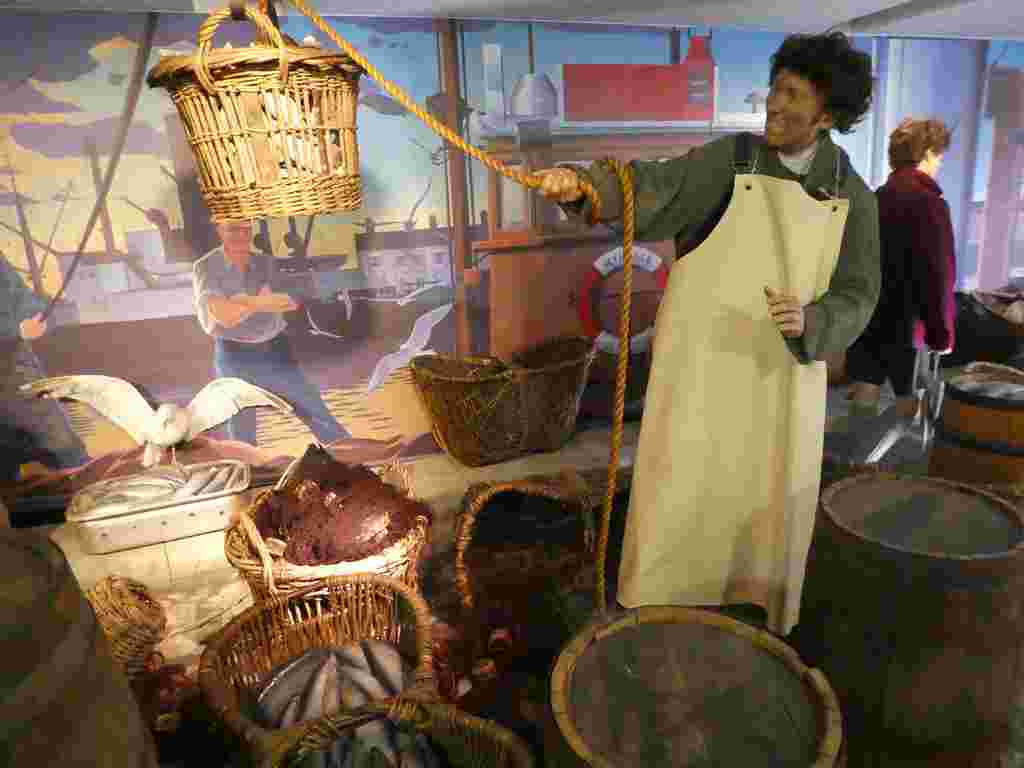
Parts of the building have been preserved which enabled us to see how it was once used. We explored the tall smoke sheds where fires used to be lit on the floor to cure thousands of herrings at one time. The fish used to be placed on long sticks and these would then be laid across wooden bars. Although the building has been empty for about 20 years the smell of smoked herring seemed to be hanging in the air, adding to our authentic experience.
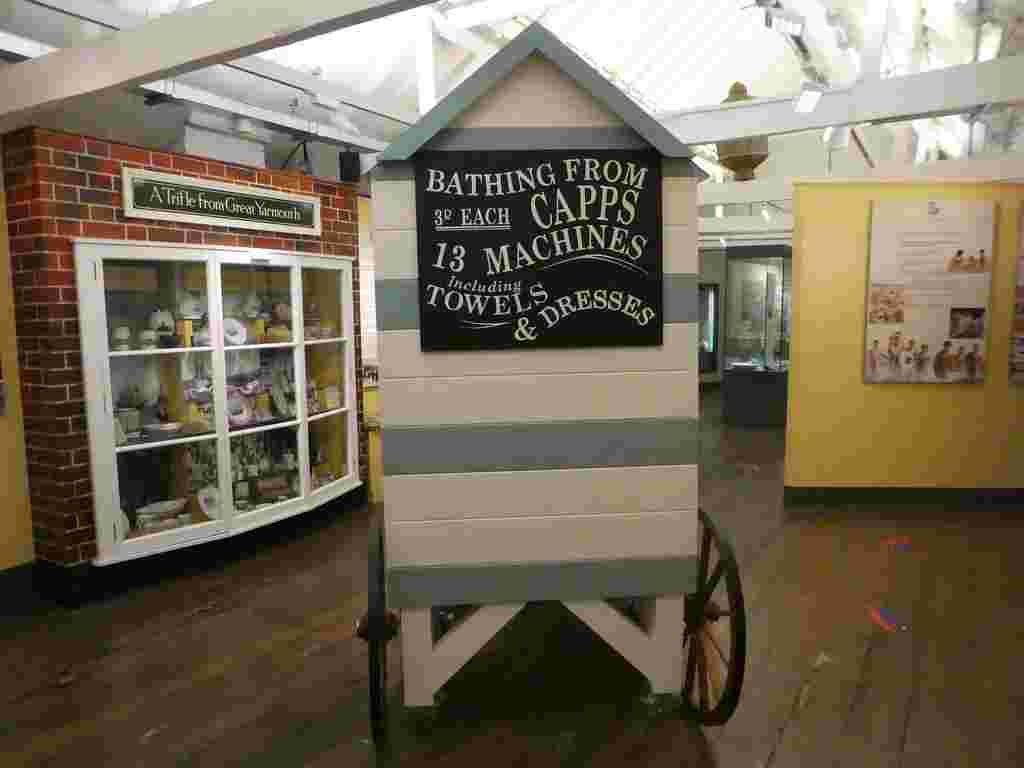
Other sections of the museum are devoted to the development of tourism in the town from it’s early days as a Victorian resort to how it has adapted in recent times. Time & Tide is Norfolk’s third largest museum and one we found extremely interesting.
After a walk along the seafront and a visit to three of Great Yarmouth’s attractions we were in need of a little rest so we popped in to the Troll Cart pub for a cup of coffee and a sit down. A little later, we returned to Norwich by train and had dinner in the nearby Riverside development before returning to our hotel for the night.
If you have enjoyed reading this post you may also like:
Other posts in this series:
Similar posts:


Leave a comment